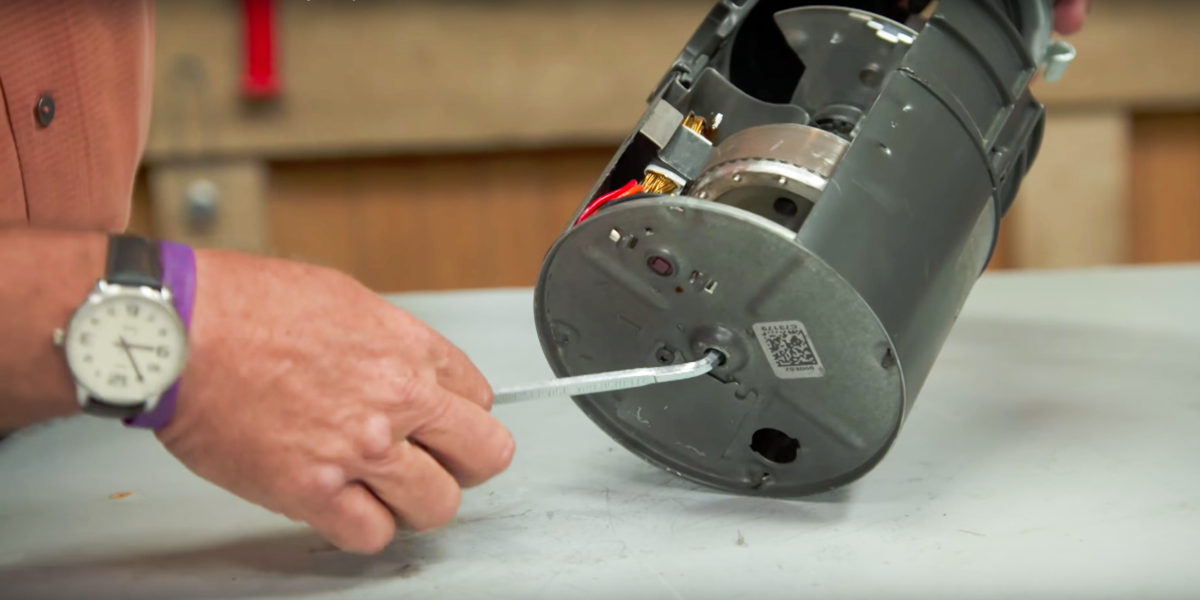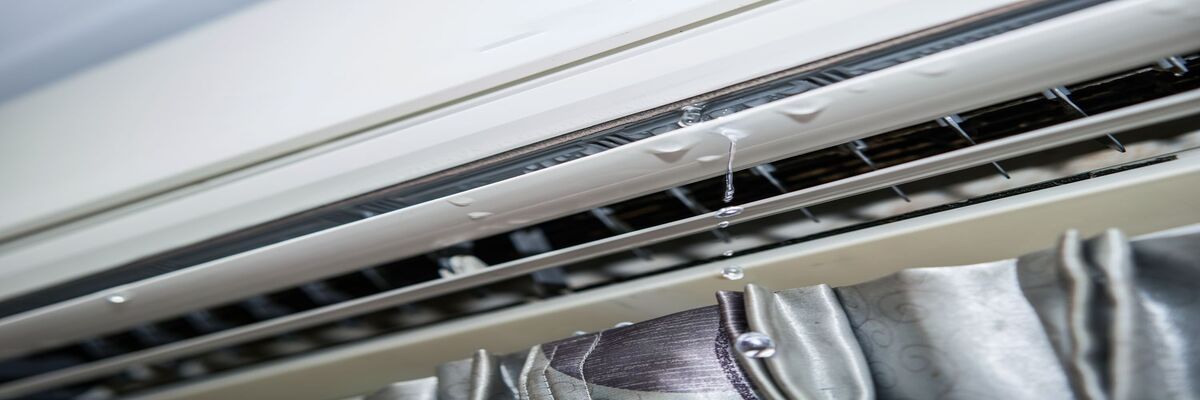How to Repair a Leaky Faucet?
Welcome to 24/7 Local Plumbers, your trusted source for expert plumbing advice and solutions. If you're dealing with the frustration of a leaky faucet, you're not alone. A dripping faucet not only wastes water and drives up your utility bills but can also be a nuisance in your daily life. Fortunately, with the right knowledge and tools, repairing a leaky faucet is a straightforward task that you can tackle yourself. In this comprehensive guide, we'll walk you through the step-by-step process of fixing a leaky faucet like a pro.
Identifying the Type of Faucet
Before you can begin repairs, it's essential to determine the type of faucet you have. The most common types of faucets include compression, cartridge, ball, and ceramic disc faucets. Each type requires slightly different repair techniques, so identifying your faucet's type is the first step toward a successful fix.
Gathering the Necessary Tools
To repair a leaky faucet, you'll need a few basic tools that you likely already have on hand. These include an adjustable wrench, screwdrivers (both flathead and Phillips), a pair of pliers, and a faucet repair kit containing replacement parts such as washers, O-rings, and cartridges.
Step-by-Step Repair Process
Now that you're equipped with the right tools let's dive into the step-by-step process of repairing a leaky faucet:
Turn Off the Water Supply:
- Before beginning any repairs, shut off the water supply to the faucet. Most faucets have shut-off valves located under the sink. Turn the valves clockwise to close them and prevent water from flowing.
Disassemble the Faucet:
- Use a screwdriver to remove the handle of the faucet, exposing the internal components. Depending on the type of faucet, you may need to remove a cap or decorative cover to access the screws. Once the handle is removed, set it aside along with any accompanying screws.
Inspect and Replace Faulty Components:
- With the faucet disassembled, carefully inspect the internal components for signs of wear or damage. Common culprits of a leaky faucet include worn-out washers, O-rings, or cartridges. Replace any damaged or worn parts with new ones from your faucet repair kit, ensuring a snug fit.
Reassemble the Faucet:
- Once you've replaced any faulty components, carefully reassemble the faucet in the reverse order of disassembly. Make sure all parts are properly aligned and tightened to prevent leaks.
Turn On the Water Supply:
- With the faucet reassembled, turn the water supply back on by reopening the shut-off valves under the sink. Gradually turn the handles to allow water to flow through the faucet, checking for any leaks or drips.
Test and Adjust:
- Test the repaired faucet by turning it on and off several times to ensure smooth operation and leak-free performance. If you notice any leaks or drips, double-check that all components are properly installed and tightened.
Congratulations, you've successfully repaired your leaky faucet like a pro! By following the step-by-step process outlined in this guide, you've not only saved yourself the hassle and expense of calling a plumber but also contributed to water conservation efforts. Remember, if you encounter any difficulties or prefer to leave the job to the experts, the team at 24/7 Local Plumbers is always here to help. Happy repairing!
You might also like
Book a Service Today
We will get back to you as soon as possible
Please try again later
Disclaimer: 24/7 Local Plumbing connects users with independent plumbers but does not guarantee service availability, verify licenses, or ensure insurance coverage. For full details, check out 24/7 Local Plumbing disclaimer.
Blog | Contact | Home | Privacy policy | Sitemap

All Rights Reserved | 24/7 Local Plumbers
Support and manage by lead vanguard
Committed to Accessibility: We strive for inclusivity and accessibility for all. Learn more about our accessibility efforts and resources.


